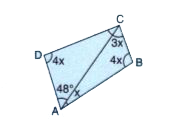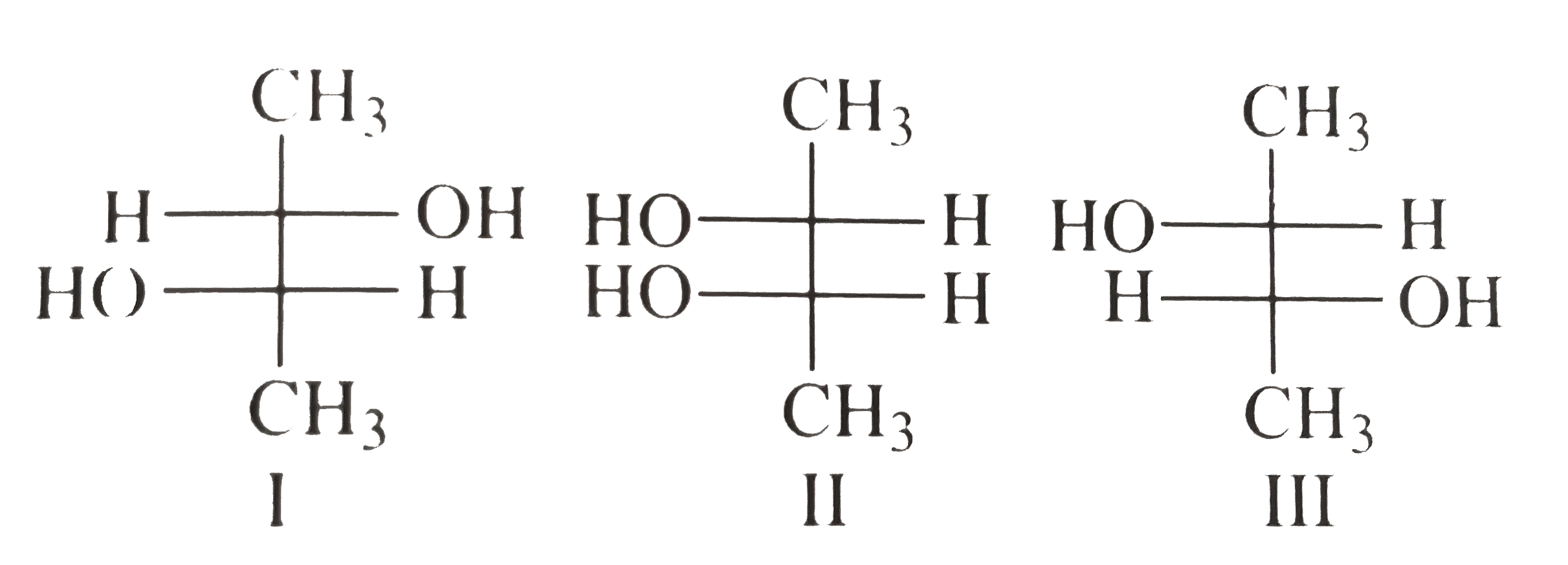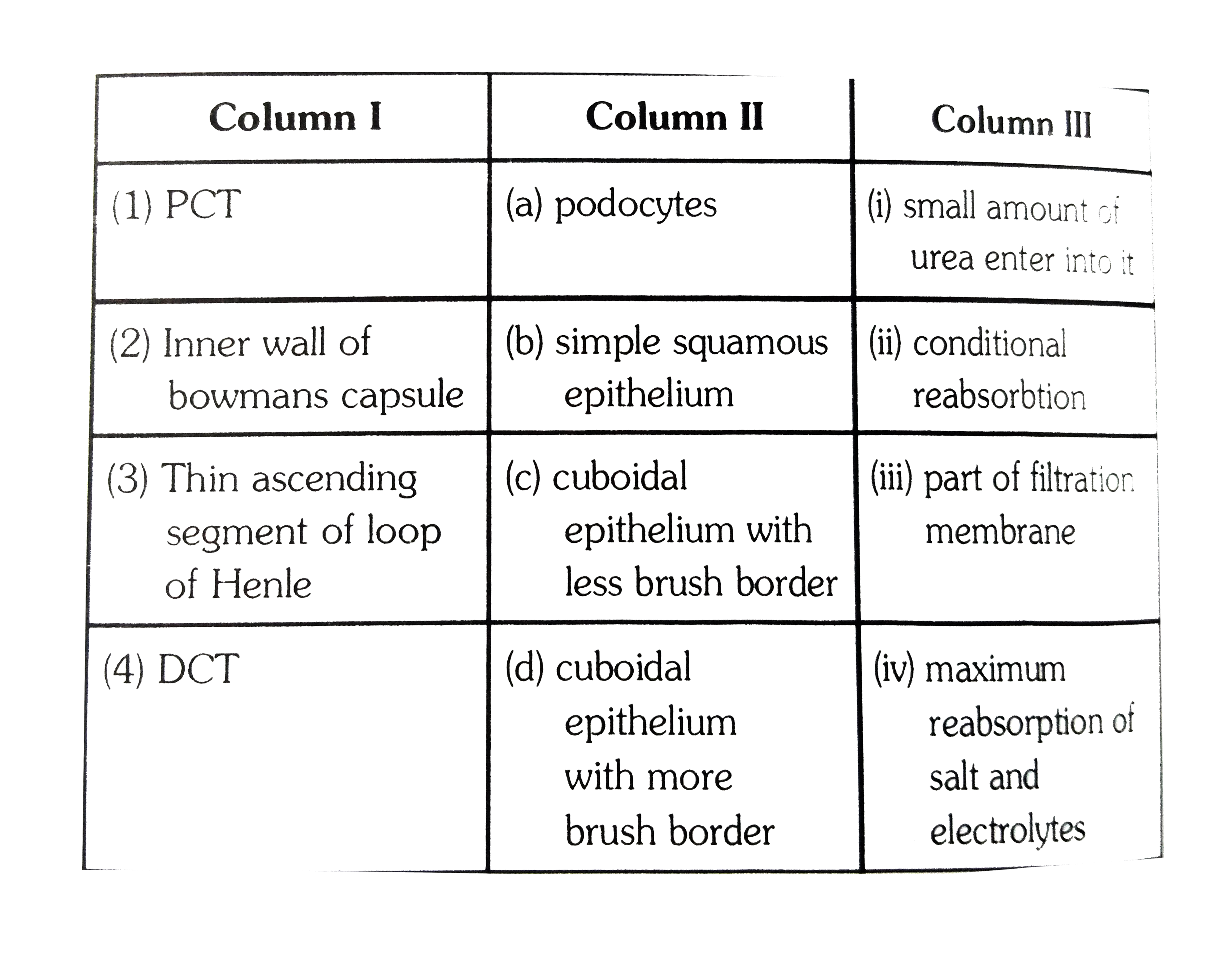Identify the examples of convergent evolution from the following :
(i) Flippers of penguins and dolphins
(ii) Eyes of octopus and mammals
(iii) Vertebrate brains
To identify the examples of convergent evolution from the given options, we need to understand the concept of convergent evolution and how it differs from divergent evolution.
1. Understand Convergent Evolution:
- Convergent evolution occurs when unrelated organisms evolve similar traits or functions due to similar environmental pressures, despite having different ancestral origins. This results in analogous structures.
2. Analyze the Given Options:
- (i) Flippers of penguins and dolphins:
- Both penguins (birds) and dolphins (mammals) have flippers that serve the same function of swimming. However, they evolved from different ancestors. This is an example of convergent evolution.
- (ii) Eyes of octopus and mammals:
- The eyes of octopuses (cephalopods) and mammals (vertebrates) also serve the same function of vision. They have different structures and evolved independently from different ancestors. This is another example of convergent evolution.
- (iii) Vertebrate brains:
- Vertebrate brains, while they may perform similar functions, have a common evolutionary origin. They are considered homologous structures because they arise from a common ancestor, thus not an example of convergent evolution.
3. Conclusion:
- The examples of convergent evolution from the options provided are:
- (i) Flippers of penguins and dolphins
- (ii) Eyes of octopus and mammals
Final Answer:
The examples of convergent evolution are:
- (i) Flippers of penguins and dolphins
- (ii) Eyes of octopus and mammals
- Convergent evolution occurs when unrelated organisms evolve similar traits or functions due to similar environmental pressures, despite having different ancestral origins. This results in analogous structures.
- (i) Flippers of penguins and dolphins:
- Both penguins (birds) and dolphins (mammals) have flippers that serve the same function of swimming. However, they evolved from different ancestors. This is an example of convergent evolution.
- (ii) Eyes of octopus and mammals:
- The eyes of octopuses (cephalopods) and mammals (vertebrates) also serve the same function of vision. They have different structures and evolved independently from different ancestors. This is another example of convergent evolution.
- Vertebrate brains, while they may perform similar functions, have a common evolutionary origin. They are considered homologous structures because they arise from a common ancestor, thus not an example of convergent evolution.
- The examples of convergent evolution from the options provided are:
- (i) Flippers of penguins and dolphins
- (ii) Eyes of octopus and mammals
The examples of convergent evolution are:
- (i) Flippers of penguins and dolphins
- (ii) Eyes of octopus and mammals
Topper's Solved these Questions
- GENETICS AND EVOLUTION Book:TRUEMEN BIOLOGY ENGLISHChapter:GENETICS AND EVOLUTION Exercise:SECTION-B
Explore 38 Videos
- GENETICS AND EVOLUTION Book:TRUEMEN BIOLOGY ENGLISHChapter:GENETICS AND EVOLUTION Exercise:SECTION-C
Explore 45 Videos
- GeneticsBook:TRUEMEN BIOLOGY ENGLISHChapter:GeneticsExercise:ASSERTION AND REASON
Explore 122 Videos
- HUMAN HEALTH AND DISEASEBook:TRUEMEN BIOLOGY ENGLISHChapter:HUMAN HEALTH AND DISEASEExercise:MULTIPLE CHOICE QUESTIONS
Explore 209 Videos
Similar Questions
Out of the following , which , is an example of convergent evolution ?
(i) Eyes of octopus and mammals
(ii) Flipper of penguins and Dolphins
(iii) Sweet potato and potato
View SolutionChoose the pairs of organs that are a result of convergent evolution
i. Wings of butterflies and wings of birds.
ii. Flippers of penguins and flippers of dolphins
iii. Eyes of octopus and eyes of mammals.
iv. Thorns of Bougainvillea and tendrils of Cucurbita.
v. Sweet potato and potato.
vi. Vertebrate hearts and vertebrate brains
View Solution
Knowledge Check
Identify the aquatic mammal(s) from the following
(i) Balaenoptera
(ii) Equus
(iii) Delphinus
(iv) Pteropus
(v) FelisAa) (i) and (iii)Bb) (ii) and (iv)Cc) (v) onlyDd) (iv) and (v)From the following figure, find
(i)x
(ii) ∠ABC
(iii) ∠ACD A(i) x=18∘
A(i) x=18∘
(ii)∠ABC=124∘
(iii) ∠ACD=30∘B(i) x=16∘
(ii)∠ABC=104∘
(iii) ∠ACD=28∘C(i) x=26∘
(ii)∠ABC=114∘
(iii) ∠ACD=36∘D(i) x=26∘
(ii)∠ABC=104∘
(iii) ∠ACD=28∘
Identify the pairs of enantiomers and diastereomers from the following:

View SolutionIdentify the terrestrial mammals from the following .
(i) Balaenoptera (ii) Elephas
(iii) Delphinus (iv) Panthera
(v) macropus
View SolutionIdentify the aquatic mammal(s) from the following
(i) Balaenoptera
(ii) Equus
(iii) Delphinus
(iv) Pteropus
(v) Felis
View SolutionIdentify the examples of homologous structures from the following-
(i) Vertebrate hearts
(ii) Thorns in Bougainvillea and tendrils of Cucurbita.
(iii) Food storage-organs in sweet potato and potato.
View SolutionIdentify the examples of homologous structures from the following-
(i) Vertebrate hearts
(ii) Thorns in Bougainvillea and tendrils of Cucurbita.
(iii) Food storage-organs in sweet potato and potato.
View SolutionIdentify the correct match from the column I,II and III :−

View Solution